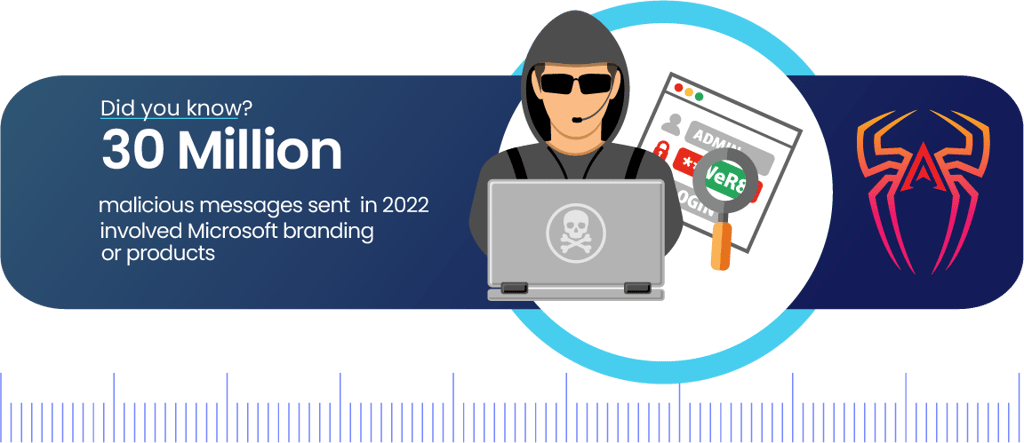Deepfakes & Impersonation: The Rise of Social Engineering 2.0 | CrawlTech Cybersecurity Blog
Learn how AI-powered deepfakes and impersonation scams are transforming cybercrime — and how CrawlTech helps protect businesses through awareness and advanced MSSP services.
10/14/20252 min read


🎭 Deepfakes & Impersonation: The Rise of Social Engineering 2.0
How AI Is Powering the Next Generation of Cybercrime
Artificial Intelligence is revolutionizing cybersecurity — but it’s also fueling a new era of deception.
Deepfakes, voice cloning, and digital impersonation have evolved traditional social engineering into what experts now call “Social Engineering 2.0.”
With hyper-realistic fake content circulating online, even tech-savvy professionals can be tricked into believing what they see — or hear.
🎬 What Exactly Are Deepfakes?
Deepfakes are AI-generated audio, video, or images that imitate real people. Using machine learning, attackers can clone voices, mimic faces, and create entire video scenes that appear authentic.
Originally used for entertainment, this technology has been weaponized for fraud, disinformation, and corporate espionage.
⚠️ How Attackers Use Deepfakes and Impersonation
1. CEO & Executive Fraud
Cybercriminals use cloned voices or video calls to impersonate company leaders, requesting “urgent” wire transfers or confidential data.
2. Fake Job or Vendor Scams
Deepfake recruiters or vendors lure victims into sharing financial details, credentials, or business secrets.
3. Social Media Manipulation
Fake influencer or political accounts spread misinformation using realistic AI-generated content.
4. Corporate Espionage & Insider Threats
Impersonation of employees or contractors allows access to restricted systems or meetings.
5. Reputation Damage
Malicious actors use manipulated videos to discredit individuals or brands — causing lasting reputational harm.
🧠 Social Engineering 2.0: Why It’s So Effective
Deepfake-based attacks work because they exploit human trust, not technical flaws.
Our brains are wired to believe faces and voices — and AI-generated ones can now appear indistinguishable from reality.
In the past, phishing relied on typos or bad grammar.
Now, AI makes fraud look flawless.
🔒 How to Defend Against Deepfake Threats
1. Verify Before You Trust
Always confirm identity through a known channel before acting on a request — especially involving money, credentials, or data.
2. Implement Multi-Factor Authentication (MFA)
Even if credentials are stolen, MFA stops most unauthorized access attempts.
3. Adopt Security Awareness Training
Educate employees to recognize manipulation tactics, synthetic content, and suspicious communications.
4. Use Safe Words or Internal Codes
For high-value transactions, use internal confirmation codes that can’t be faked.
5. Monitor for Impersonation and Brand Abuse
Track online mentions and visuals for fake accounts or cloned content targeting your organization.
💡 The CrawlTech Approach
At CrawlTech, we help businesses navigate this new frontier of digital deception.
Our Managed Security Services (MSSP) and Security Awareness Training Programs equip organizations with:
Deepfake detection tools
Incident response readiness
Employee training to spot social engineering 2.0 attacks
Proactive monitoring for impersonation risks
🧠 Remember: AI can influence or deceive — it depends on who’s behind the keyboard.
📞 Stay One Step Ahead
Protect your organization from deepfakes, voice cloning, and digital impersonation.
🔐 Contact CrawlTech today for a Security Awareness & Impersonation Risk Assessment.
🌐 Call today +1 (365) 363-3465 to learn how we can help strengthen your human and digital defenses.


